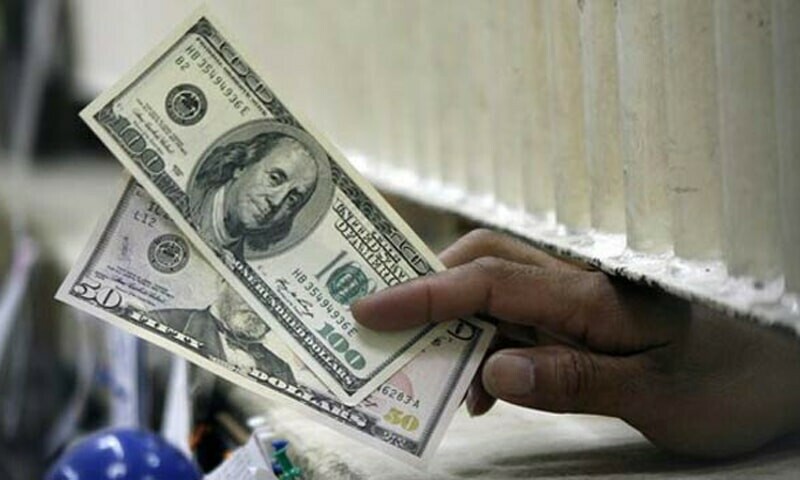Introduction
The global financial landscape witnessed a significant shift recently as dollar outflows surged by 251% from July to April. This article aims to explore the various dimensions of this phenomenon, its causes, implications, and potential future outcomes. By examining the underlying factors and offering insights into the broader economic impact, we provide a comprehensive overview of the surge in dollar outflows.
Outline Generation
I. Introduction
- Definition of dollar outflow
- Importance of monitoring dollar outflow trends
- Overview of the recent surge
II. Historical Context
- Previous trends in dollar outflows
- Comparison with past surges
- Economic and political factors influencing outflows
III. Causes of the Surge
- Global economic conditions
- Political instability
- Policy changes
- Market dynamics
IV. Impact on Global Economy
- Effect on emerging markets
- Changes in foreign exchange reserves
- Impact on global trade
V. Regional Analysis
- Asia
- Europe
- Americas
- Africa
VI. Sectoral Breakdown
- Financial sector
- Manufacturing sector
- Technology sector
- Real estate sector
VII. Investor Behavior
- Trends in investment strategies
- Shift in investor sentiment
- Role of institutional investors
VIII. Currency Fluctuations
- Impact on exchange rates
- Comparative analysis of major currencies
- Hedging strategies
IX. Policy Responses
- Government interventions
- Central bank policies
- International cooperation
X. Case Studies
- Case study of a country with high outflows
- Case study of a sector with significant impact
- Case study of a successful policy response
XI. Expert Insights
- Opinions from leading economists
- Perspectives from financial analysts
- Interviews with policymakers
XII. Future Prospects
- Predictions for the next fiscal year
- Long-term economic implications
- Potential scenarios
XIII. Preventive Measures
- Strategies to mitigate outflows
- Policy recommendations
- Role of international organizations
XIV. Conclusion
- Summary of key points
- Final thoughts on managing dollar outflows
- Call to action for policymakers and investors
Content Writing
I. Introduction
The term “dollar outflow” refers to the movement of capital from one country to another in the form of dollars, typically for investments, trade, or other financial activities. Monitoring these trends is crucial as they can significantly impact a nation’s economic stability, currency value, and overall financial health.
The period from July to April witnessed an unprecedented 251% surge in dollar outflows, signaling a shift in global economic dynamics. This surge not only highlights underlying vulnerabilities in various economies but also points to broader trends that could shape the future of international finance. Understanding the causes, effects, and potential responses to this phenomenon is essential for policymakers, investors, and economists alike.
II. Historical Context
Historically, dollar outflows have been influenced by a myriad of factors including economic cycles, political events, and market conditions. In the past, notable surges were observed during the 2008 financial crisis and the dot-com bubble burst in the early 2000s. These events were characterized by significant investor anxiety, leading to rapid capital movement across borders.
Comparing the current surge to past events reveals both similarities and differences. While previous outflows were largely driven by financial crises, the current surge is influenced by a combination of global economic uncertainty, political instability in key regions, and shifts in monetary policy. Understanding these historical trends provides a foundation for analyzing the current situation.
III. Causes of the Surge
Global Economic Conditions
The global economy has been marked by sluggish growth, fluctuating commodity prices, and uneven recovery from the COVID-19 pandemic. These conditions have led investors to seek safer and more stable investments, often resulting in increased dollar outflows from volatile markets.
Political Instability
Political unrest in various parts of the world has also contributed to the surge in dollar outflows. For instance, conflicts in the Middle East, tensions in Eastern Europe, and political uncertainty in Latin America have made these regions less attractive to investors.
Policy Changes
Recent changes in monetary policies, particularly in the United States, have had a significant impact on dollar flows. The Federal Reserve’s decisions regarding interest rates and quantitative easing measures have created ripples across global markets, influencing investment decisions and capital movements.
Market Dynamics
Market dynamics, including fluctuations in stock and bond markets, have played a crucial role in the surge. Investors’ reactions to these fluctuations, driven by both fear and opportunity, have led to substantial dollar movements.
IV. Impact on Global Economy
Effect on Emerging Markets
Emerging markets have been particularly affected by the surge in dollar outflows. These economies often rely on foreign investment to fuel growth, and a sudden outflow of





